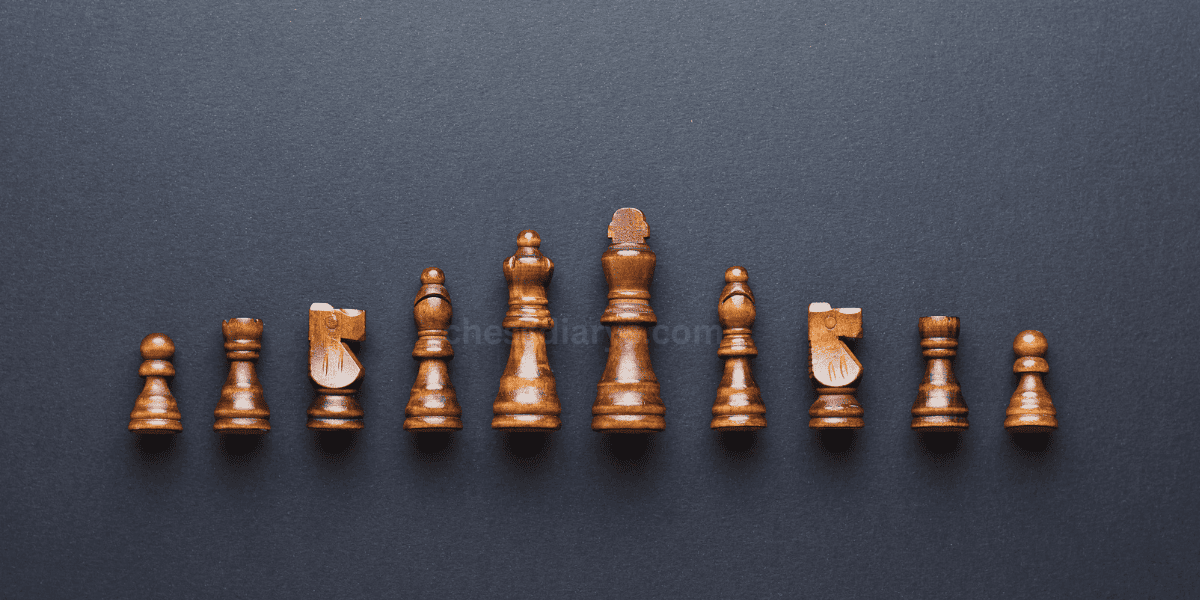In chess, understanding how each piece moves is critical to mastering the game. Most people learn about forward movements when first starting out, but backward movement is equally important. So, what chess pieces can move backwards? In this article, we’ll explore which pieces have the ability to move in reverse and how that affects your strategy.
Introduction
Chess is a game of sophisticated strategies wherein every single move carries its importance. While most of the players are aware of the aggressive and forward plays, backward movement of pieces can mark the difference between a winning strategy and a lost game. It is very significant to have backward movement for defense and repositioning in special cases where your pieces are being threatened or your king is at risk.
We explain below which chess pieces are allowed to move retro, what is particularly different in them, and how their ability for retro can change the outcome of a game.
Chess Pieces That Can Move Backwards
The King
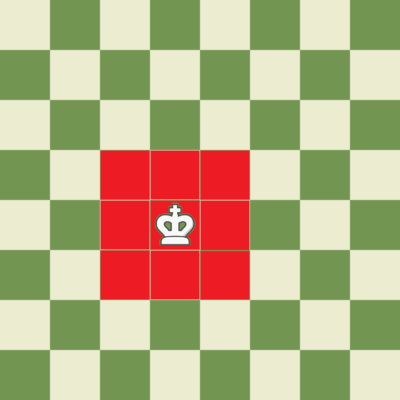
The king can move one square in any direction: forward, backward, left, right, or diagonally. Normally, a king’s backward movements become more applicable in the endgame because positioning becomes vital in the endgame. In the opening and the middle game, the king is content to remain behind lines of defense. In the endgame, however, backward movement becomes important to retreat away from threats or to remain proximate to pawns in order to support their promotion.
The king’s backward moves can also become crucial at such moments when you will be avoiding checkmate or when you need to relocate into a safer position.
The Queen
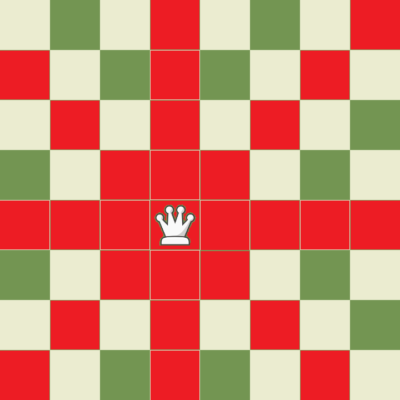
The queen is the most versatile piece on the chessboard. She can move any number of squares in any direction horizontally, vertically, and diagonally. This covers backward moves as well. The queen’s ability for retreat often proves to be crucial for offense and defense alike. For instance, if your queen is under attack while in a forward position, you can easily draw her back for safety without necessarily losing its offensive power.
This allows the queen to take her moves backward, thus being highly flexible regarding the development of the state of the game. Whether it be in the form of mobility for an attack in front or the retreat for defense of an important piece, the backward mobility of a queen is essential.
The Rook
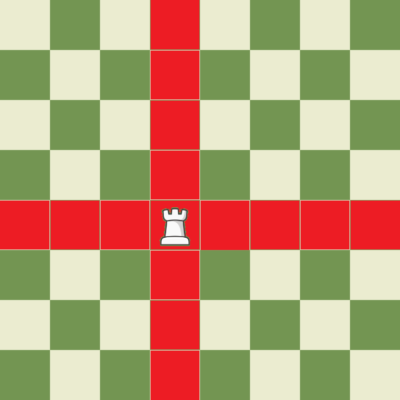
Another chess piece that moves backward is the rook. It moves along vertically or horizontally but never diagonally. Of course, this includes a backward movement into the same file from which it moved. In regard to defensive strategy, the backward movements of the rook are of great use. This could mean when a rook has advanced too far into the opponent’s lines, upon being threatened, must withdraw to a safer square without giving away the file control.
This process of doubling up rooks on a file for a strong attack also involves backward motion. Sometimes, you will need to move one rook backwards to get it to co-operate with another rook in powerful offensive plays that can hopefully be carried out later in the game.
The Bishop
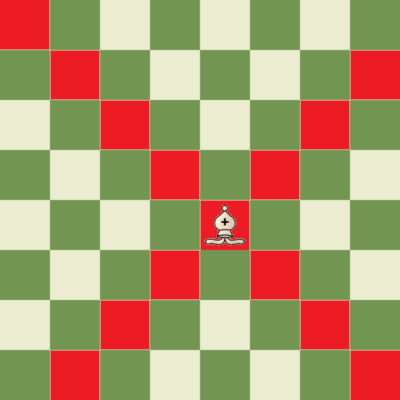
The bishop moves only diagonally but can retreat along the diagonal. Since each bishop is bound to squares of one color throughout the game-either light or dark-its retreating skill consequently allows it to be flexible in holding control of important diagonals, both in your half of the board and in the opponent’s.
This is especially crucial in backward play when one wants to maintain control over long diagonals or needs to bring the bishop back to assume a more defensive role. Ability to retreat may save the bishop from being trapped, or repositioning may result in a more effective attack sometime later.
The Knight
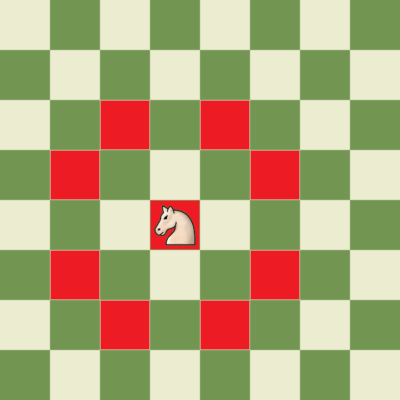
The knight is one of the most unique pieces in chess due to its “L-shaped” movement pattern. While the knight moves in an unconventional way, it can indeed move backwards. The knight’s movement allows it to jump over other pieces, and its backward movement is possible as part of its L-shape pattern. For example, a knight can move two squares vertically or horizontally and then one square to the side, allowing it to reposition itself in various directions, including backwards.
The knight’s ability to move both forward and backward makes it a valuable piece for unexpected attacks and swift retreats, giving you an element of surprise.
Pieces That Cannot Move Backwards
The Pawn
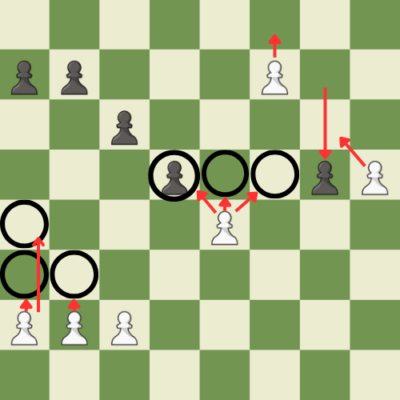
The pawn is the only piece in chess that cannot move backward. It can only move forward one square at a time or two squares on its first move and captures diagonally forward. This limitation places the act of moving your pawns as a calculated risk since, once they move forward, there is no turning back.
Because the inability to retreat means that pawn structure therefore tends to play a large part in both defense and attack. A pawn, once moved forward, either advances towards promotion or becomes subject to capture, but it cannot retreat to a safer rank.
Strategic Importance of Backward Movement
Now that we’ve identified which chess pieces can move backwards, let’s explore why this ability is strategically important.
Flexibility in Defense
Backward movement is essential when you’re facing threats. If your pieces are too advanced and come under attack, being able to move them back to safety helps preserve material and maintain control. Pieces like the queen, rook, and bishop have long-range backward movements, allowing them to escape danger while staying effective.
In contrast, pieces that cannot retreat, like pawns, must be advanced with caution. Losing a pawn’s forward momentum can often weaken your position.
Repositioning for Offense
Backward movement is not just for defense; it’s also useful for setting up new offensive strategies. For example, retreating a piece to a different square might open up a file or diagonal for another piece to advance. The queen, rook, bishop, and knight can all retreat and re-enter the fray from different angles, keeping your opponent guessing.
Setting Traps
Sometimes, moving a piece backward can set a trap for your opponent. By retreating, you might lure their pieces into an overextended position, making them vulnerable to a counterattack. This is particularly effective with pieces like the knight, which can jump backwards unexpectedly to capture an opponent’s piece or create a fork.
King Safety
In the endgame, the king’s ability to move backwards is especially important. For example, if the king is under threat from an opposing rook or queen, moving backwards can help it avoid check or checkmate. Additionally, in pawn endgames, the king may need to retreat temporarily to defend a pawn before advancing to support its promotion.
Conclusion
Understanding which chess pieces can move backwards and how to use that ability effectively is integral when it comes to chess strategy. The queen, rook, bishop, king, and knight all have the ability to retreat, giving you options both in attack and in defense. These contrast with pawns, which, because they cannot move backwards, require thought before mobilizing them.
Backward motion allows for strategic retreats, setting traps, and better defense, which is crucial to any chess player. Knowing how and when to retreat can often turn the tide of a game in your favor and provide you with increased choices and options on the board.
One step backward in chess is very often the start of many forward steps.


